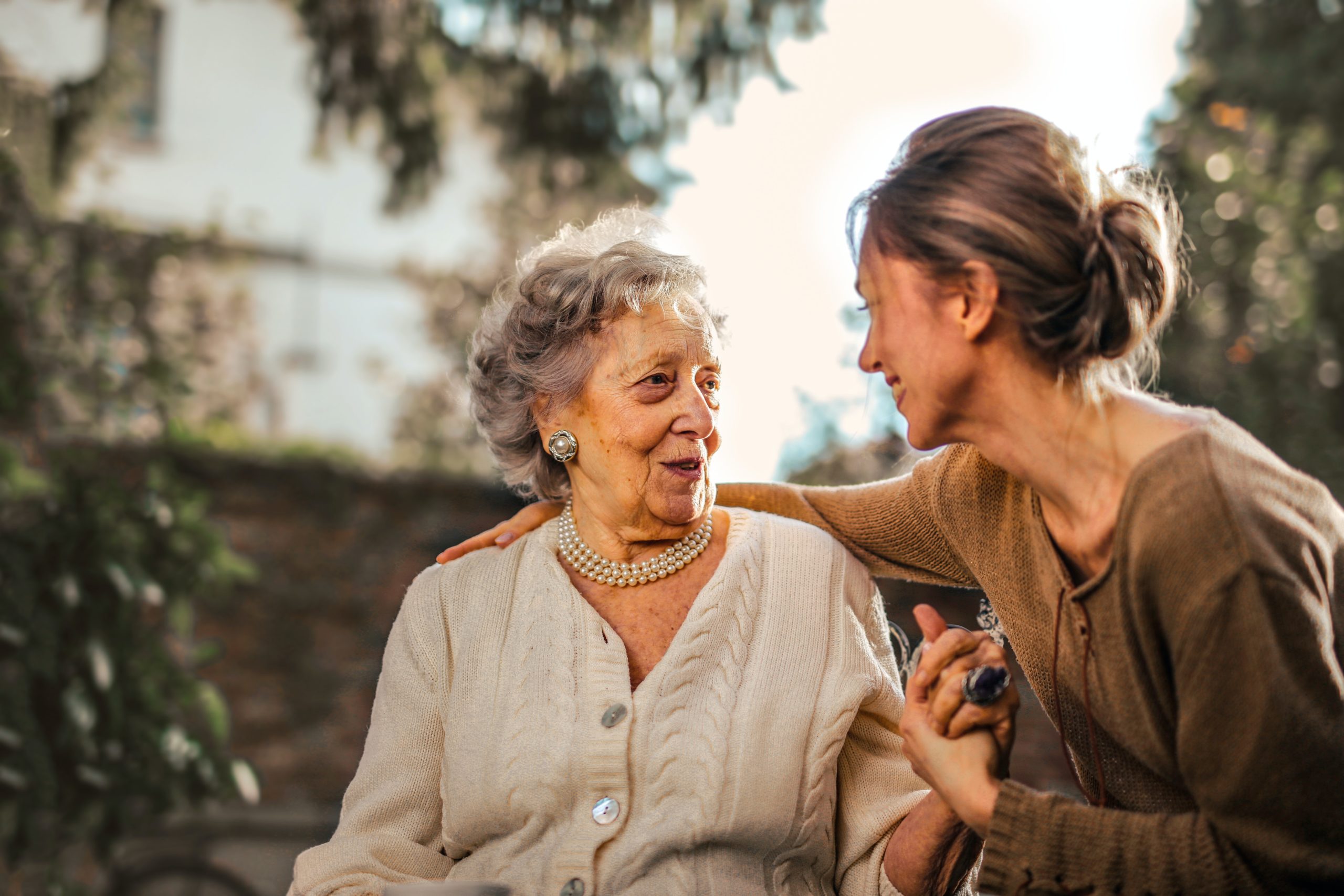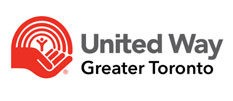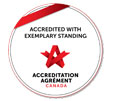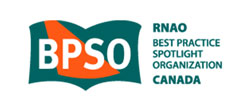Increased Occupational Therapy is Improving Quality of Life for Stroke Survivors


Stroke is the leading cause of adult disability in Canada and according to the Heart and Stroke Foundation, there are an estimated 50,000 strokes each year. Research supports that access to timely and appropriate rehabilitation from occupational therapists (OTs)—in coordination with physiotherapists, speech language pathologists (SLPs) and the rest of the stroke-rehab team—strongly influences a stroke survivor’s recovery outcomes and quality of life.
There have been significant gains over the last 10 years in acute in-patient care for stroke survivors, but there are still many gaps in the funding and availability of out-patient and home care rehab services. Because OTs working with stroke survivors in their homes often face large caseloads and restricted visit numbers, they can be limited to assessments for home safety and equipment needs, without an opportunity for direct and impactful therapy.
In response to these limitations, the Central East Local Health Integration Network (LHIN) rolled out a stroke pathway—which refers to movement across the stroke-care system—in 2018 that has dramatically increased the ability of VHA’s Central East OTs to deliver post-stroke care. As June marks Stroke Awareness Month in Canada and efforts are being made to increase awareness around the risks, signs and symptoms of stroke and to increase funding for programs that support stroke survivors, VHA is glad to have the opportunity to participate in this work that is making a difference for stroke clients.
“Depending on the part of the brain that the stoke has impacted, damage to motor, cognitive and sensory abilities can affect many daily activities from maintaining balance, to retaining information, to reaching for objects,” said Esther Bae, VHA Occupational Therapist and Central East Team Supervisor. “During the post-stroke period, occupational therapists are instrumental in addressing these challenges to help survivors re-learn and adapt to daily tasks to live a more full and independent life,” she said.
In Esther’s region, for years before the rollout, stroke clients were typically only eligible for three to four OT visits over a 12-week period. “I heard a lot of frustration from my clinicians involved in post-stroke care. Therapists felt so limited, they could only do what was required for immediate safety—their hands were literally tied. They weren’t able to do the full spectrum of what OTs can do which affected the impact they could have on the function and quality of life of our clients,” she said.
Now, depending on the severity of the stroke, mild pathway clients receive nine visits over four weeks (with the potential for an extension) and moderate and severe clients are eligible for 17 visits over eight weeks. “This significant increase created such a contrast in care deliverables,” said Esther. “A year and a half into this, after developing the right training and resources to expand our care, the feedback from clinicians in our region is very positive. There are a number of success stories,” said Esther.
For Veemi Chouhan, an OT on the Central East team, increased visits and being able to spend more time with clients and families has really improved her work. “We are building such strong rapport and with the opportunity for more direct intervention, I’ve witnessed gains over an extended period of time. I see this as the best type of community work an OT can do—to be able to go beyond basic home safety,” she said. “Also, through the pathway, we are a part of a multi-disciplinary team focused on the same goals for the best possible care for our clients. I have been able to watch my clients’ speech improve over time with intervention from my SLP colleagues,” she said.
Yusam Iliana Wong, another VHA OT on the Central East team was recently supporting a client who was assessed for a mild pathway of care, despite being bedbound. “I advocated to switch my client to a moderate pathway and after eight weeks of consistent care, they were walking with a cane and support and their speech and memory improved significantly and I was able to see it through,” she said.
“This focused and expanded care is collaborative and rewarding and I hope this pathway is here to stay,” said Esther Bae. “We’re always learning and it’s a constantly evolving process, but I’m so proud that it’s been really quite successful,” she said.
To learn more about VHA’s Toronto-area Rehabilitation Services, please call 1-888-314-6622.



